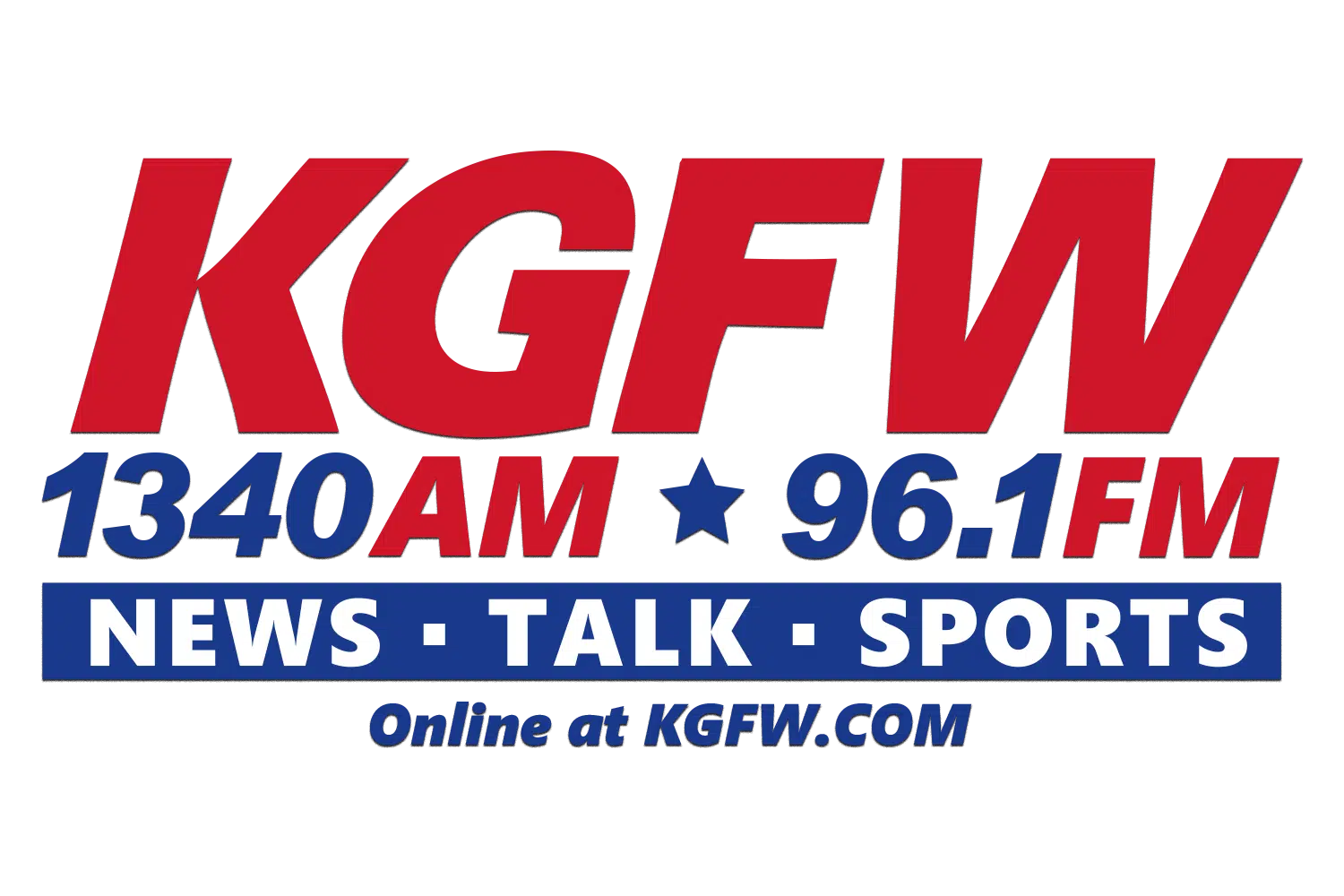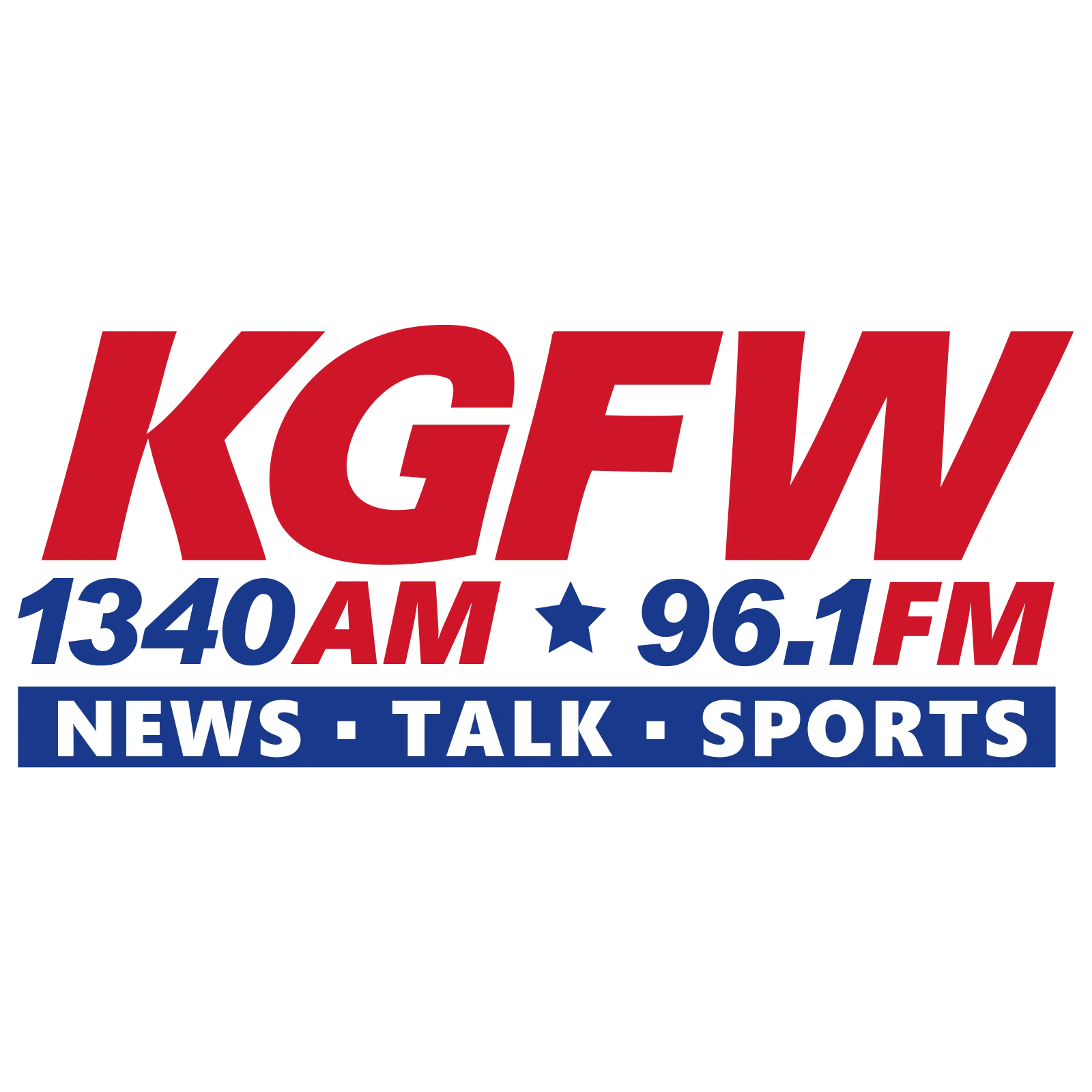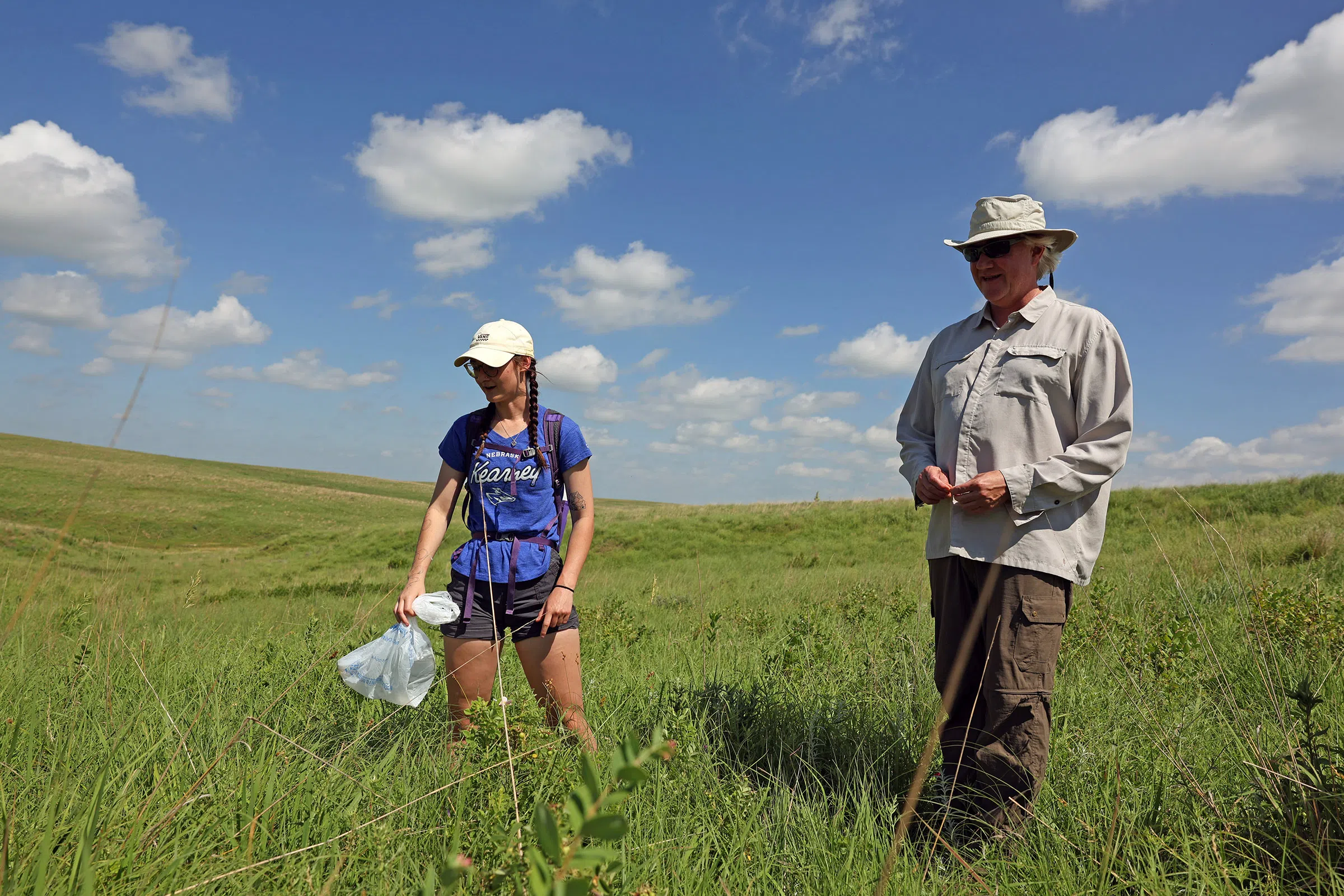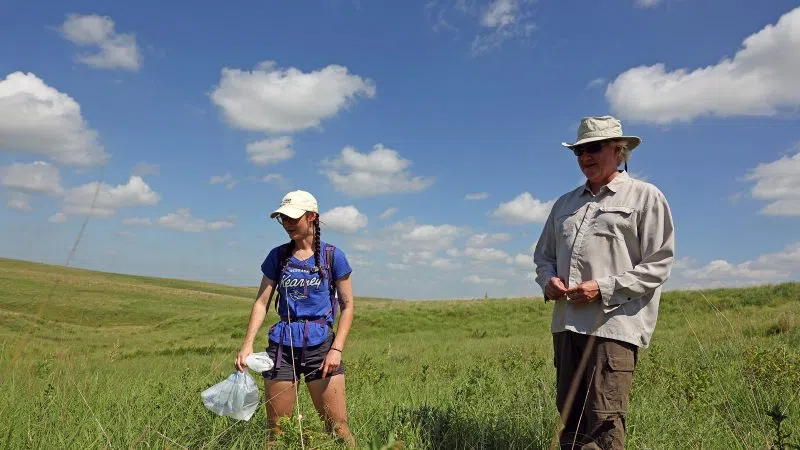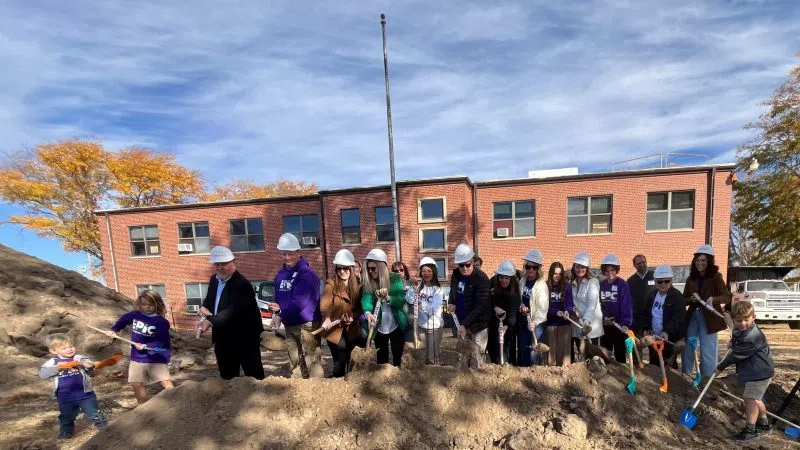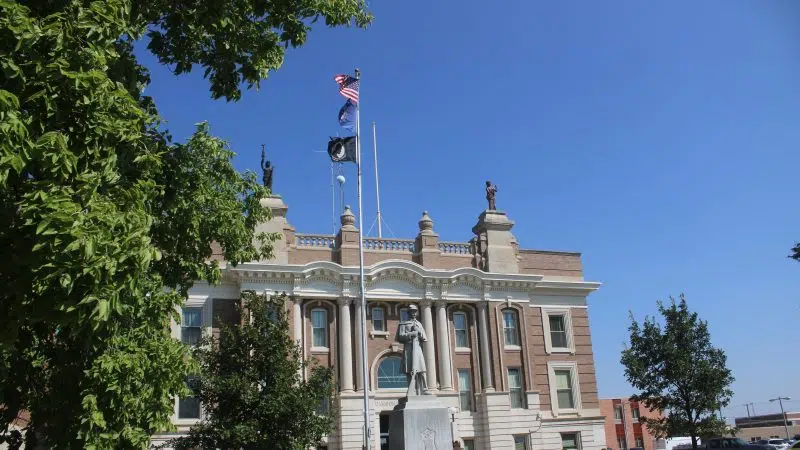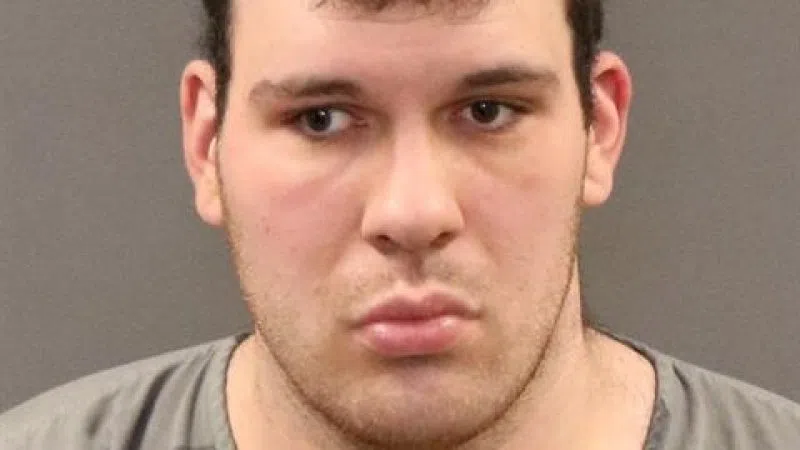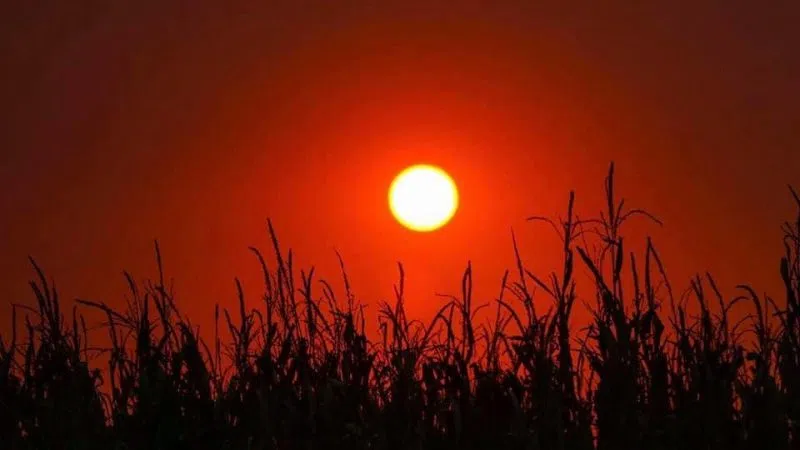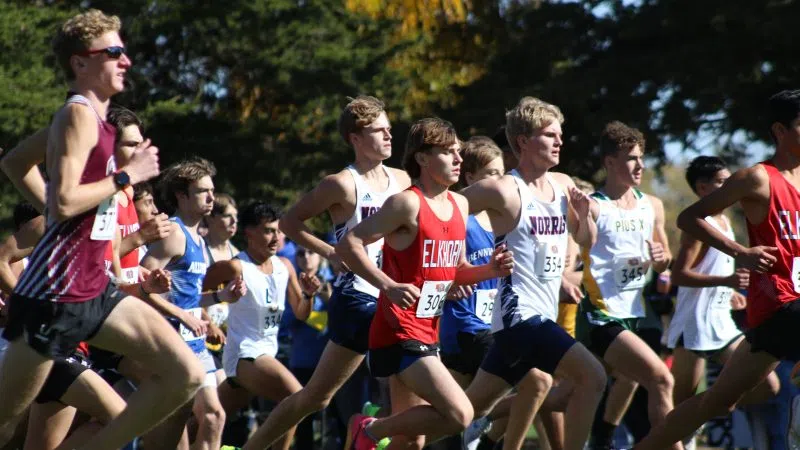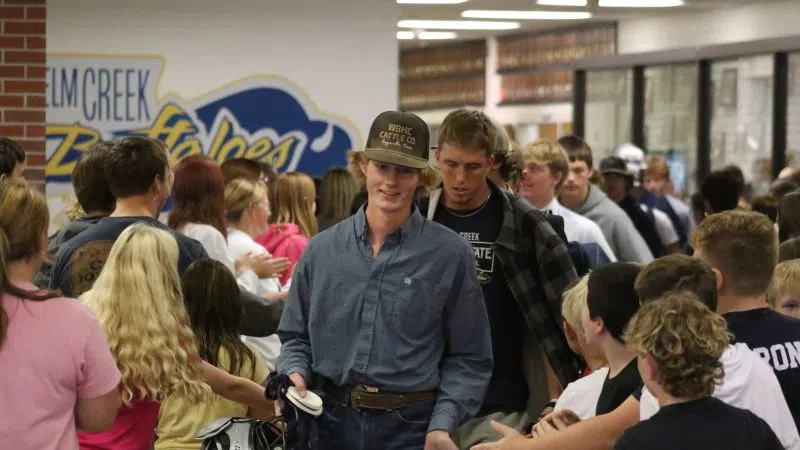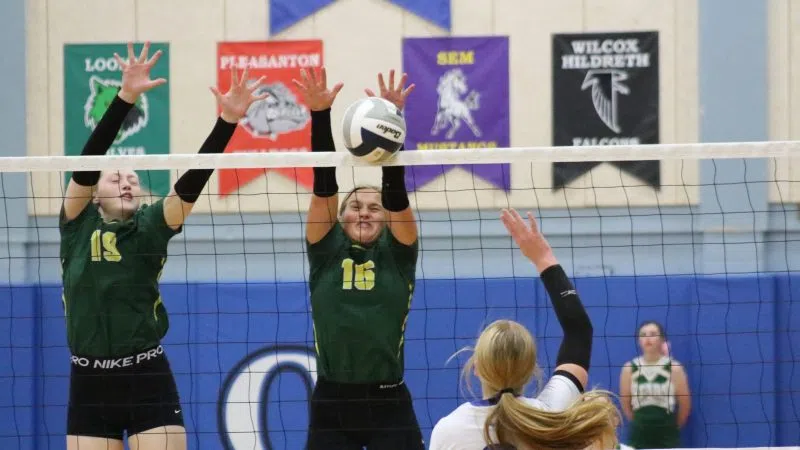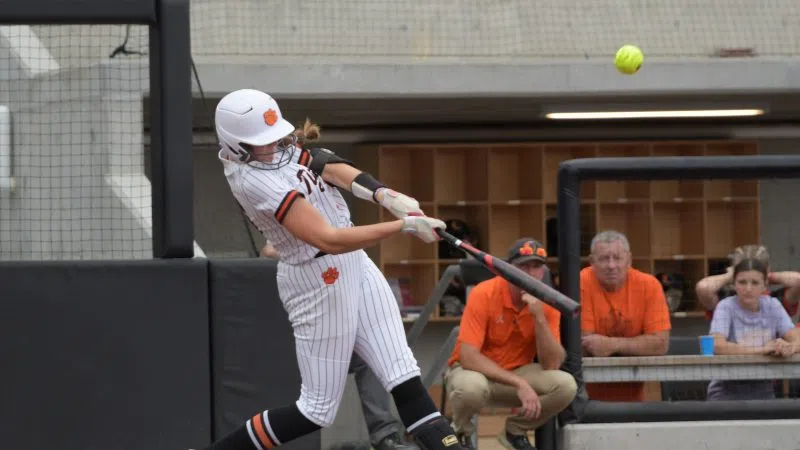RED CLOUD — Pillowy clouds floated across the blue sky as Emma Dowhower walked along a trail at the Willa Cather Memorial Prairie.
Chirping birds and a summer breeze blowing through the rolling hills covered up the sound of her footsteps.
“It’s very serene,” said Dowhower, a senior at the University of Nebraska at Kearney. “You’re just listening to the birds. I really enjoy being outside, and that’s the best part about this.”
The wildlife biology major from North Platte also thinks about the area’s historical significance each time she visits.
Tallgrass prairie once covered 170 million acres of North America, but less than 4% remains intact today. The Willa Cather Memorial Prairie was established in 1975 to protect this important ecosystem and preserve the natural beauty that inspired a Pulitzer Prize-winning novelist who grew up here in the late 19th century.
Located along Highway 281 just south of Red Cloud, the 612-acre “botanical treasure” has never been plowed or farmed. It boasts an ever-changing tapestry of native grasses, flowers and forbs – more than 250 species in total – and serves as critical habitat for a variety of insects, birds, amphibians and other wildlife.
“It’s a pretty neat place,” said UNK biology professor Bryan Drew. “When you’re down in those draws, you feel like you’re back in the 1800s.”
Drew and Dowhower are helping the nonprofit Willa Cather Foundation manage this majestic prairie by completing a floristic inventory of the plant life found there.
“It’s been almost 50 years since any research was done out here, so there’s been a lot of time for changes to happen,” said Dowhower, who participated in the project through UNK’s Summer Student Research Program (SSRP).
She visited the prairie a couple times a week throughout the summer, collecting and cataloging different plant species. The information she and Drew gather will be compared to studies conducted in the 1970s, allowing them to document any changes in the biodiversity and gauge the effectiveness of land management practices.
Dowhower participated in a different research project with Drew through the Undergraduate Research Fellows (URF) program, and she’ll continue working on the floristic survey throughout the current academic year.
“One of my favorite things about taking plant taxonomy with Dr. Drew was going out and collecting plants, and I think that’s why this project interested me so much,” she said. “Research gives me an opportunity to get some hands- on experience outside the classroom. Being in a classroom is great and everything, but being able to get outside and see plants in different life stages is so much more valuable.
“I also get to work in a lab, which I had never done before. Even though I wasn’t necessarily good at lab work, at least I have an introduction for the future if I need it.”
Drew points to the same benefits. He mentors a few undergraduate researchers each year, giving them a chance to try new things and develop skills that they’ll continue using well into the future.
“It’s fun seeing them learn and grow,” Drew said. “That’s something that makes UNK really stand out from other universities, the fact that undergraduates have this opportunity to work closely with professors. At bigger schools, that wouldn’t happen. I never had this opportunity when I was an undergrad. It wouldn’t even have been something that I would have thought about.”
OPPORTUNITY FOR EVERYONE
Unlike Drew, who graduated from the University of California, Berkeley, fellow UNK biology professor Dawn Simon was able to participate in undergraduate research when she attended the University of Iowa. She called it a “life-altering experience.”
“There is not a chance I would be doing what I do now without those experiences,” said Simon, who serves as director of undergraduate research and creative activity on campus. “I want every student at UNK to have the same chance. Our programs are designed to provide these opportunities for as many students as possible.”
Financial support is an important part of that equation.
SSRP is open to full-time undergraduate students from any discipline, with participants receiving a $3,250 stipend paid over five months. Students involved in URF receive a $1,200 annual stipend. The university also offers financial assistance for students to present their work at professional conferences.
“UNK strongly values and heavily invests in undergraduate research and creative activity, more so than many other institutions,” Simon said. “This allows students to have mentors who are invested in students and their projects, which elevates the quality of the work. My experience with the students in our programs is that they are generally dedicated and enthusiastic. This combination results in a lot of high-quality work from our undergraduates. I am astonished each and every year at the quality of the work I see and the strength of our students.”
In addition to pursuing projects in their own interest areas, undergraduate student researchers are often exposed to other disciplines across campus, broadening their educational experience and fostering collaboration. The annual Research Day celebration highlights the creative and scholarly work produced by Lopers, with nearly 200 undergraduate and graduate students participating in the spring 2024 event.
No matter what their professional plans are, Simon believes every student has something to gain from undergraduate research.
“The more experiences undergraduates have in college, the better prepared they are to make informed decisions about their future,” she said. “I don’t believe anyone can know if they like research or creative activity without actually putting a serious effort into it.
“Beyond this, the skills learned in the process are applicable to many aspects of their future careers and life in general as an informed citizen. Students learn how to acquire knowledge, including finding reputable sources, and they gain experience collaborating and communicating effectively to a variety of audiences. They are taught to think critically and solve unexpected problems. These are all skills that are obviously important for careers in research and creative activity, but equally so in a wide variety of others.”
REWARDING EXPERIENCE
UNK junior Noelle Abels is studying communication disorders with plans to become a speech-language pathologist.
The Omaha native started participating in undergraduate research in fall 2023, working on a project with associate professor of communication disorders Ladan Ghazi Saidi.
“Honestly, one of my really close friends does undergraduate research for the biology department and she has such an amazing relationship with her adviser and her lab group, and I wanted that,” Abels explained. “I love everything about it. I think it’s so much fun. I really enjoy learning new things that I would have never even thought to think about. It’s stuff that you don’t learn in a class, but it’s so useful.”
A collaboration with the University of Nebraska Medical Center and University of Nebraska-Lincoln, their project focuses on nonpharmaceutical interventions that can slow cognitive decline in older adults.
“Aging typically comes with cognitive decline,” Ghazi Saidi said. “However, based on the literature, we know we have a window when we can stimulate the mind in ways that would postpone those signs and symptoms and slow the acceleration of cognitive decline. So, that person would be able to live independently with a higher quality of life for a longer time.”
Previous research has shown that learning a new language can be a “very good stimulative intervention,” according to Ghazi Saidi, who directs the UNK Language and Cognition Lab. Now, they want to compare those results to another promising intervention – reading in your native language.
The University of Nebraska team will examine adults ages 60 to 80, starting with an fMRI scan to measure their brain activity. Each participant will then read news stories for 60 minutes a day, five times a week, using an online app. After four months, they’ll be reassessed to determine the cognitive effects.
Through her involvement in both URF and SSRP, Abels has strengthened valuable skills such as teamwork, communication and time management.
“It’s really just opened that door for being inquisitive and improving upon myself, and I think that will be so useful in grad school and in my career, no matter where I work or whatever I choose to do,” she said. “Those are skills that I’ll take everywhere.”
More importantly, Abels gets to be part of something bigger than herself.
“Working on a project where you can see how it’s going to help people in the future is so rewarding,” she said. “I have people in my family with dementia. I used to work at a retirement home, and you can see how dementia and Alzheimer’s really impact older people. To think of a future where that’s less of an issue is so amazing.”
Like many other UNK faculty members, Ghazi Saidi gains satisfaction from watching her students succeed as researchers.
“That gives meaning to my job,” she said. “If they’re succeeding, it means that I’ve been successful in my job. But apart from that, it’s just fun. I really love talking with my students, engaging with them and learning with them.”
Ultimately, she hopes some of them decide to continue doing this as a career.
“If they are interested in growing in their career, this is the way to go,” Ghazi Saidi said. “We are in desperate need of researchers in our field. Everything that we do in clinic is based on research, so if we don’t have researchers, we don’t have the more advanced interventions and assessments to rely on. Science gets old very quickly, so we cannot just rely on what we already know. We have to generate new science and learn more.”
